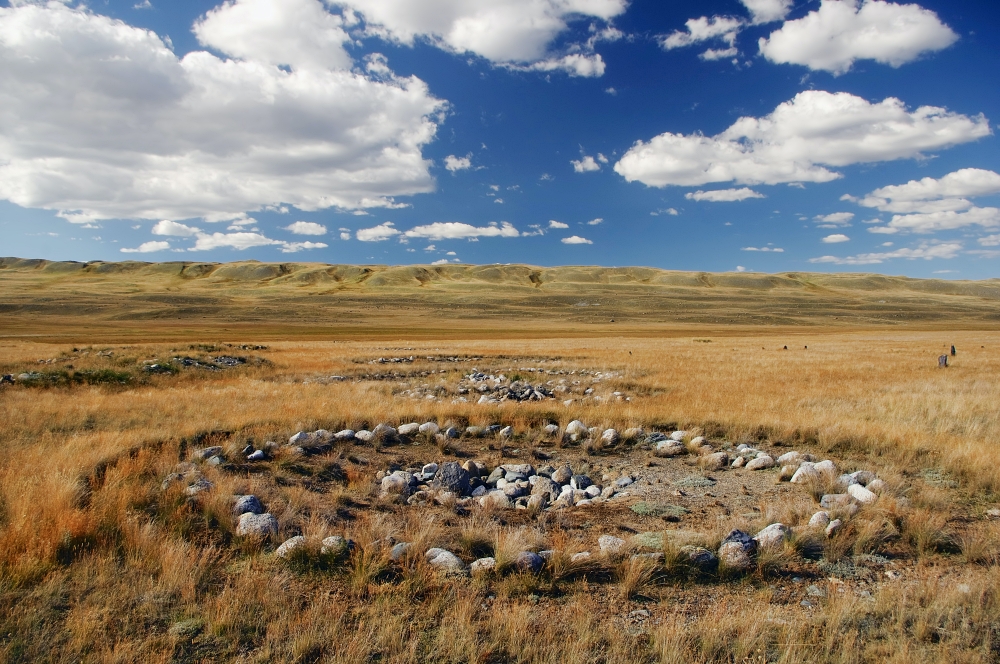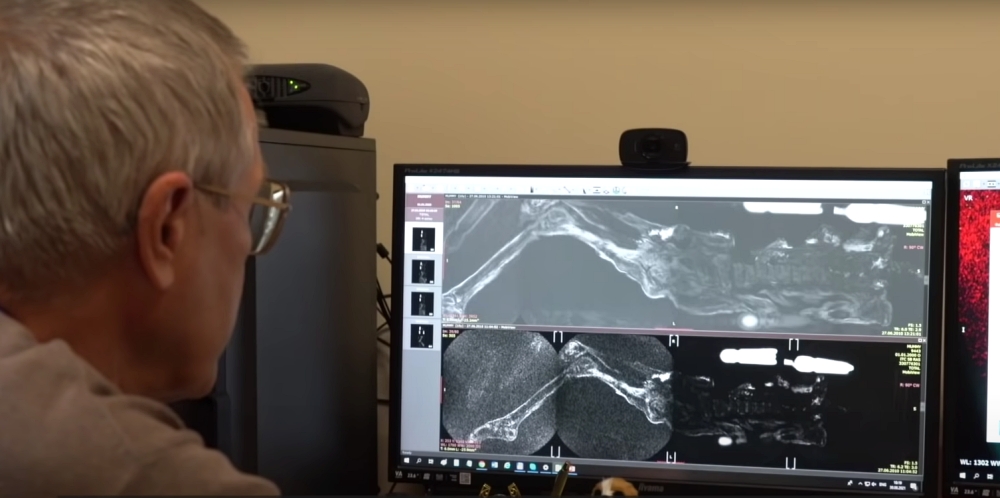Mummies found in Egypt were carefully preserved thousands of years ago, their organs removed from their bodies, their skin wrapped in fabric, and their likenesses often preserved in artistic outer sarcophagi. But, ancient mummies in many other parts of the world were sometimes created not by intention, but through environmental conditions. The most common places where natural mummies are found are in peat bogs and frozen in ice. One ancient woman in Russia belonged to the Pazyryk culture that was part of the larger Scythian culture. She was preserved in both peat and then later ice for more than 2,500 years. Recent scientific analysis shows that her life and death were far more complicated than initially thought.

The mummy was first discovered on the Ukok Plateau in the Republic of Altai, Russia, in 1993 by Natalia Polosmak and her team in a burial barrow called a kurgan. Burials of the Pazyryk culture were done in horizontal shafts and bodies were supported with wood. In this case the person was buried on a larch wood frame and then a mummification with peat was undertaken. 6 horses had been sacrificed for the burial (complete with harnesses) to show the status of the individual. This was highly unusual for women within this society.
The woman buried there showed many other signs of being of high status and her body and her funerary goods survived encased in a brick of ice. As the ice melted researchers were able to study her more and she was found to have intricate tattoos and a massive wool felt headdress. She was also dressed in a woven and dyed skirt of red wool.

Researchers believe she died around 500 BCE and in addition to her honorable burial many unusual things would come to light in the course of studying her mummified remains. For one thing she was buried alone, something that was reserved only for shamans in among the Pazyryk culture. If she was a spiritual leader then it would explain her elaborate headwear and her tattoos. It would also explain why she had traces of mercury and copper in her nostrils- most likely to enter into a trance state.
When the mummy was placed inside an MRI machine, some very unusual forms appeared within her body. Dark spots showed up inside fat deposits and in her bones. According to radiologist, Andrey Letyagin, these dark spots are found with advanced breast cancer, meaning this woman was riddled with cancerous tumors when she died.
She had also sustained a serious fall which resulted in a head injury not long before her death, as well as damage to her shoulder and her hip. Researchers now believe the fall could have happened when she was moved to the area before her death. She was also very thin, something not usually associated with higher status individuals. This was likely due to cancer.

In addition to the tumors and the head injury, cannabis and coriander seeds were also found with the mummy, perhaps to give her relief from her pain. She was between the ages of 20 and 30 when she died. Remnants of flora from the horses’ stomachs showed they were killed in the spring and the woman’s body showed signs of being propped up on furniture before she died. It is thought that she had been dead for at least 3 months when she was buried.
Finds of the Pazyryk culture so far have never included evidence of any type of permanent home, meaning that they were completely nomadic. But, relying on livestock as they did they had winter and summer spots, with summer pastures providing much needed fresh vegetation for the animals to graze upon.
Many modern indigenous Altai peoples view themselves as being related to the Scythian peoples. Since the mummy was moved from the area for study drought, floods, and illness have been blamed by Altai peoples on the removal of this revered ancestor from her final resting place. The mummy was returned to the Altai region in 2012 and in recent years the at-times low number of Covid-19 cases in the area has been attributed to her protection.
Find out more of this unusual mummy in the video below.
SKM: below-content placeholderWhizzco for DOT

